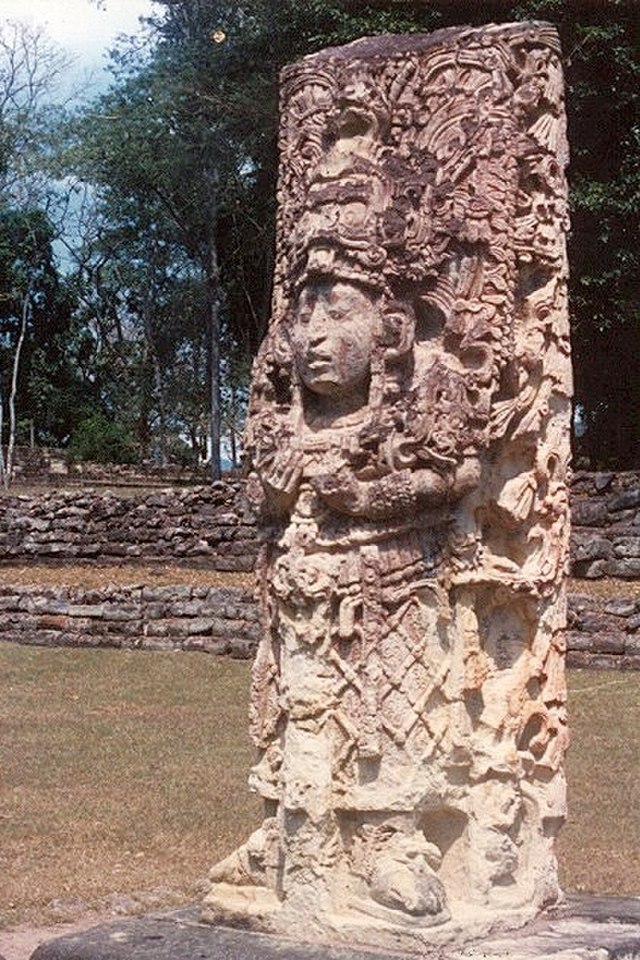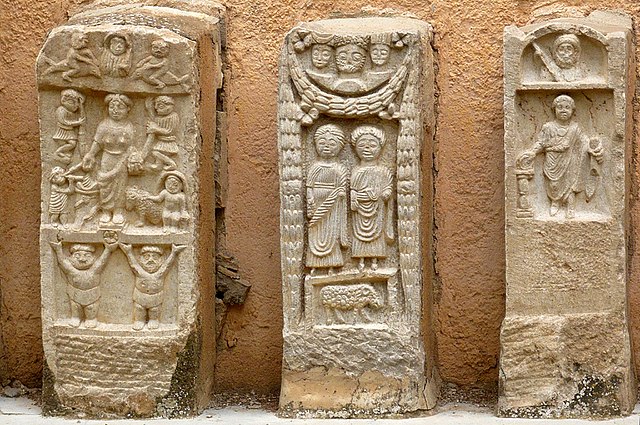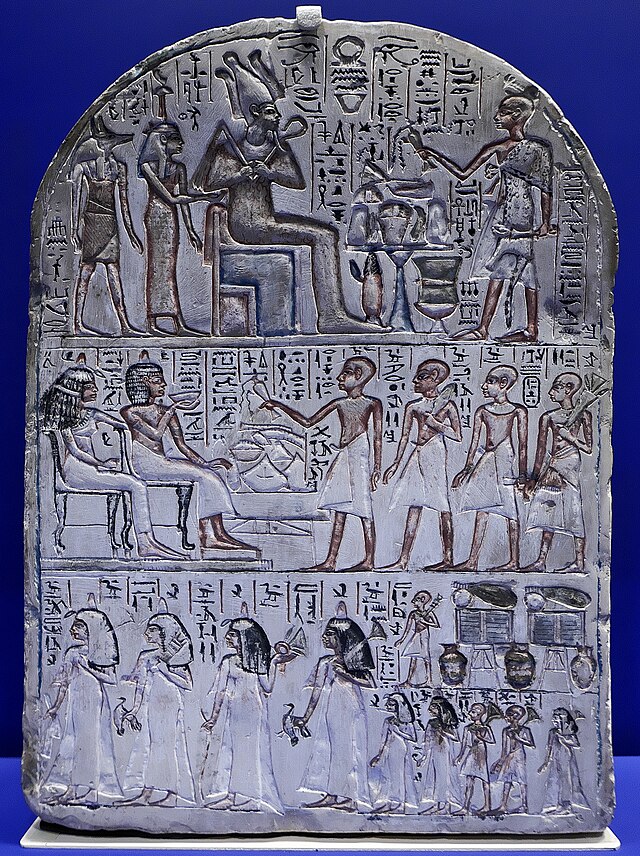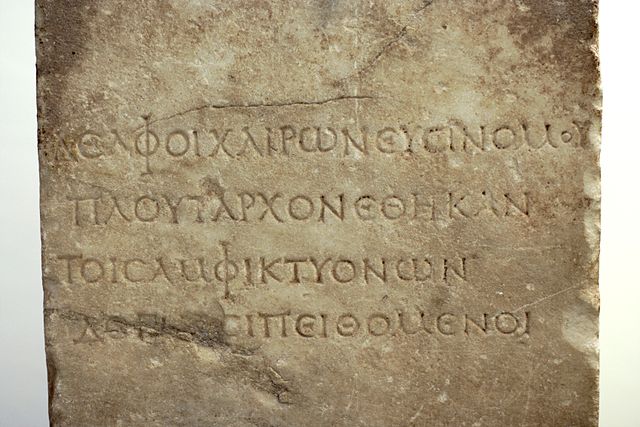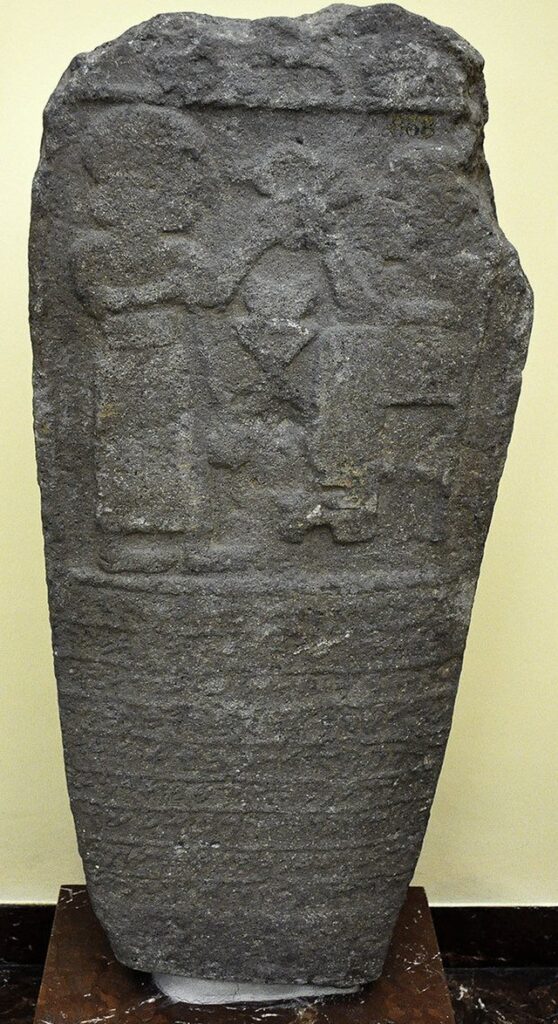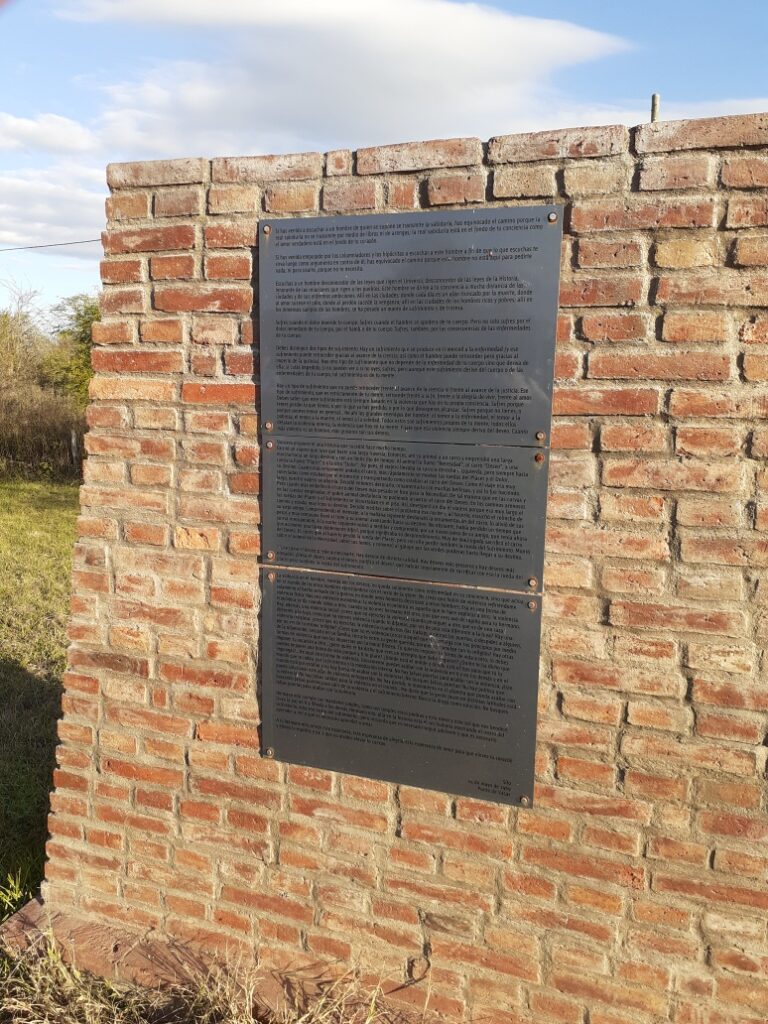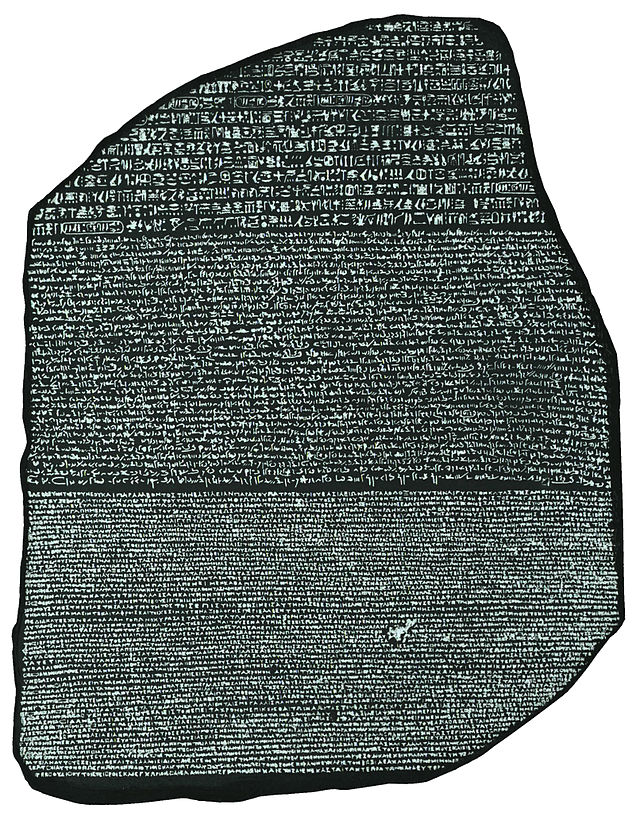A few months before the end of the 18th century, more precisely on 15 July 1799, the French captain Pierre Bouchard discovered a piece of carved rock near the Egyptian town of Rashid, which would later be known as the Rosetta Stone.
The invaluable historical contribution of this piece is that it was engraved in three languages, hieroglyphic, demotic, and Greek, which later made it possible to decipher the ancient Egyptian script by comparison.
The text reproduced a decree of the pharaoh Ptolemy V and the priestly support for his generous donations, which strengthened his divine status in the eyes of the people. This, parenthesis aside, shows how official religion and politics were already then allied in the maintenance of power.
Obviously, the Egyptian culture was not the only one to develop these practices, nor was it the only one to carve writings and symbols in stone.
Different cultures have recorded their presence across the globe since the earliest times.
From Palaeolithic art drawn inside caves to the funerary monuments that still decorate many cemeteries around the world, inscribing a name, a message, a mandate or a significant event on a commemorative sign is a trait shared by humanity throughout its history.
These steles, chiseled in materials that suggest durability, show us, beyond the differences of times, habits, and spaces, a profound aspiration in common, that of leaving a positive mark on our physical existence and finally, rebelling against the apparently inexorable with the intention of being eternal.
